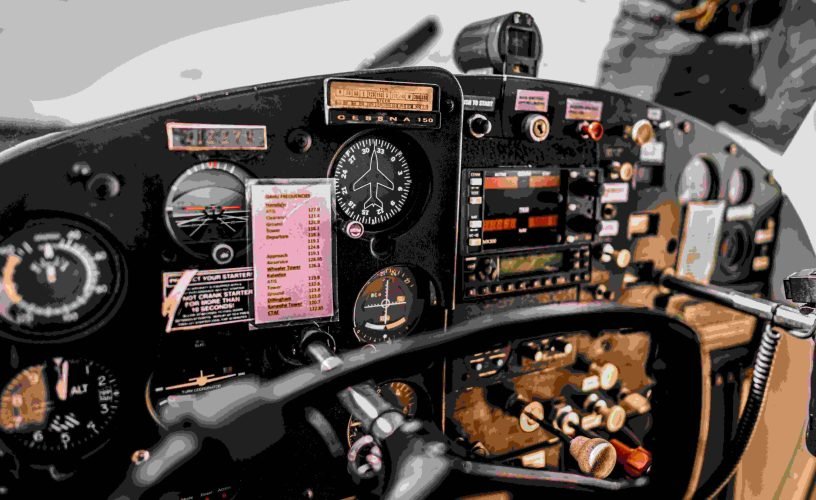The aviation sector, a cornerstone of global transport, has seen dramatic shifts in recent years due to technological advancements and data analytics. These innovations are revolutionizing how aircraft are designed, maintained, and operated, significantly enhancing safety, efficiency, and the passenger experience. This article delves into how technology and data are reshaping modern aviation, focusing on the major transformations and their future implications for air travel.
Advancements in Aircraft Design and Manufacturing
The design and manufacturing of aircraft have been dramatically improved by modern technologies. Advanced computer-aided design (CAD) tools enable engineers to create precise and detailed models of aircraft components, enhancing both performance and fuel efficiency. Computational fluid dynamics (CFD) simulations facilitate extensive aerodynamic testing without the need for physical prototypes, thus saving time and reducing costs.
Additive manufacturing, commonly known as 3D printing, has also become integral to aviation. This technology allows the production of lightweight, complex parts that traditional methods cannot achieve. By making aircraft components lighter, it improves fuel efficiency, reduces operational costs, and lessens the environmental impact.
Improving Safety with Data Analytics
Safety remains a top priority in aviation, and data analytics plays a crucial role in enhancing safety standards. Modern aircraft are equipped with numerous sensors and systems that generate vast amounts of data. This data is analyzed to monitor aircraft health in real-time, allowing for early detection of potential issues before they become critical.
Predictive maintenance represents a significant advancement facilitated by data analytics. By analyzing historical data and using machine learning models, airlines can foresee when parts may fail or need servicing. This proactive approach helps avoid unscheduled maintenance, reduces aircraft downtime, and addresses safety concerns before they become severe.
Additionally, data from flight data recorders (black boxes) are increasingly utilized to prevent accidents. Detailed analysis of flight parameters helps identify patterns and irregularities that could indicate underlying issues, which is vital for developing safety protocols and improving pilot and crew training.
Enhancing Flight Operations with Technology
Technology is also revolutionizing flight operations, making air travel more efficient and cutting costs. Advanced flight management systems (FMS) and navigation tools have improved route planning and fuel management. FMS algorithms process real-time weather data, air traffic, and other factors to optimize flight paths, resulting in better fuel efficiency and reduced emissions.
Air traffic management has benefited greatly from advancements in radar and satellite technology. The NextGen air traffic control system uses satellite-based tracking and communication for more precise aircraft monitoring. This technology enhances situational awareness for air traffic controllers, enabling more accurate routing, minimizing delays, and improving air traffic flow.
Transforming Passenger Experience Through Technology
Technological advancements have significantly enhanced the passenger experience. In-flight entertainment systems have evolved from basic screens to comprehensive platforms offering a range of content, including movies, games, and connectivity options. Wi-Fi is now increasingly available on flights, allowing passengers to stay connected and productive during their journey.
Biometric technology is also making an impact on aviation. Facial recognition and fingerprint scanning streamline check-in and boarding processes, reducing wait times and improving security. These technologies not only enhance airport efficiency but also provide a more seamless and personalized experience for travelers.
The Influence of Artificial Intelligence and Machine Learning
Artificial intelligence (AI) and machine learning are becoming increasingly important in aviation. AI-driven systems are used in various areas, including predictive maintenance, flight operations optimization, and customer service enhancement. AI algorithms analyze weather patterns, air traffic, and historical performance to aid decision-making and boost overall efficiency.
Chatbots and virtual assistants are increasingly employed in customer service roles, handling inquiries and providing real-time assistance. These AI-driven tools improve the customer experience by delivering quick and accurate information, helping passengers with travel plans, and resolving issues more effectively.
Advances in Maintenance and Inspection
Maintenance and inspection processes have been significantly improved by technological advancements. Digital inspection systems and automated diagnostics enhance the accuracy and efficiency of maintenance tasks. Aviation borescopes, which are flexible optical tools used to inspect hard-to-reach areas of aircraft engines and structures, have become more advanced, providing high-resolution images and video for thorough inspections.
These technological improvements not only increase inspection precision but also reduce maintenance time, leading to higher aircraft availability and fewer operational disruptions.
Conclusion
Technology and data integration have led to remarkable progress across various facets of aviation. From aircraft design and manufacturing to flight operations, safety, and passenger experience, these innovations are driving greater efficiency, safety, and sustainability. As technology continues to advance, the aviation industry is well-equipped to tackle future challenges and maintain its crucial role in global transportation. The ongoing developments in technology and data analytics hold the promise of further transforming aviation, making air travel safer, more efficient, and more enjoyable for passengers around the world.
Read Dive is a leading technology blog focusing on different domains like Blockchain, AI, Chatbot, Fintech, Health Tech, Software Development and Testing. For guest blogging, please feel free to contact at readdive@gmail.com.





